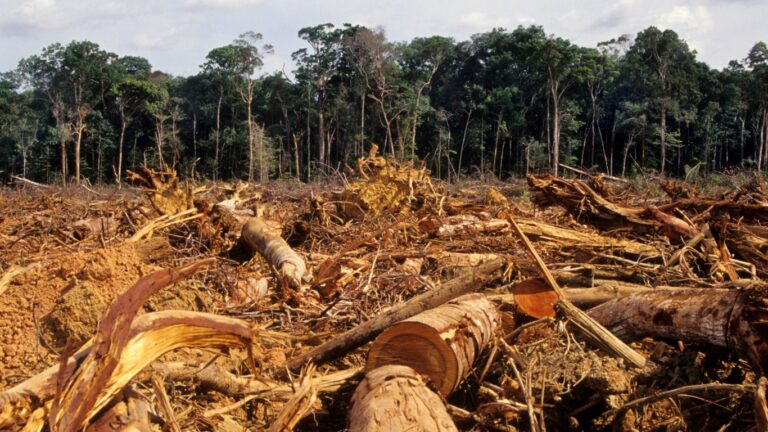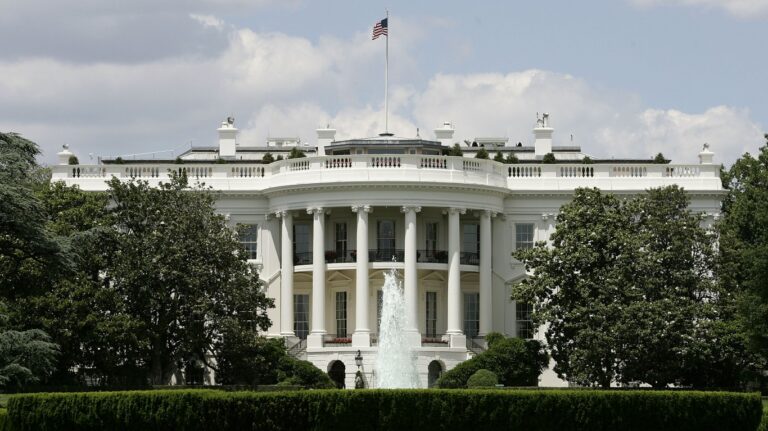China’s signs of economic comeback offer lifeline to Tesla after weak quarter

Welcome to Callaway Climate Insights. We’re in Ireland next week for The Climate Summit in Dublin. Details below.

OCT 19, 2023
Today’s edition is free. To read our insights and support our great climate finance journalism five days a week, subscribe now for full access.
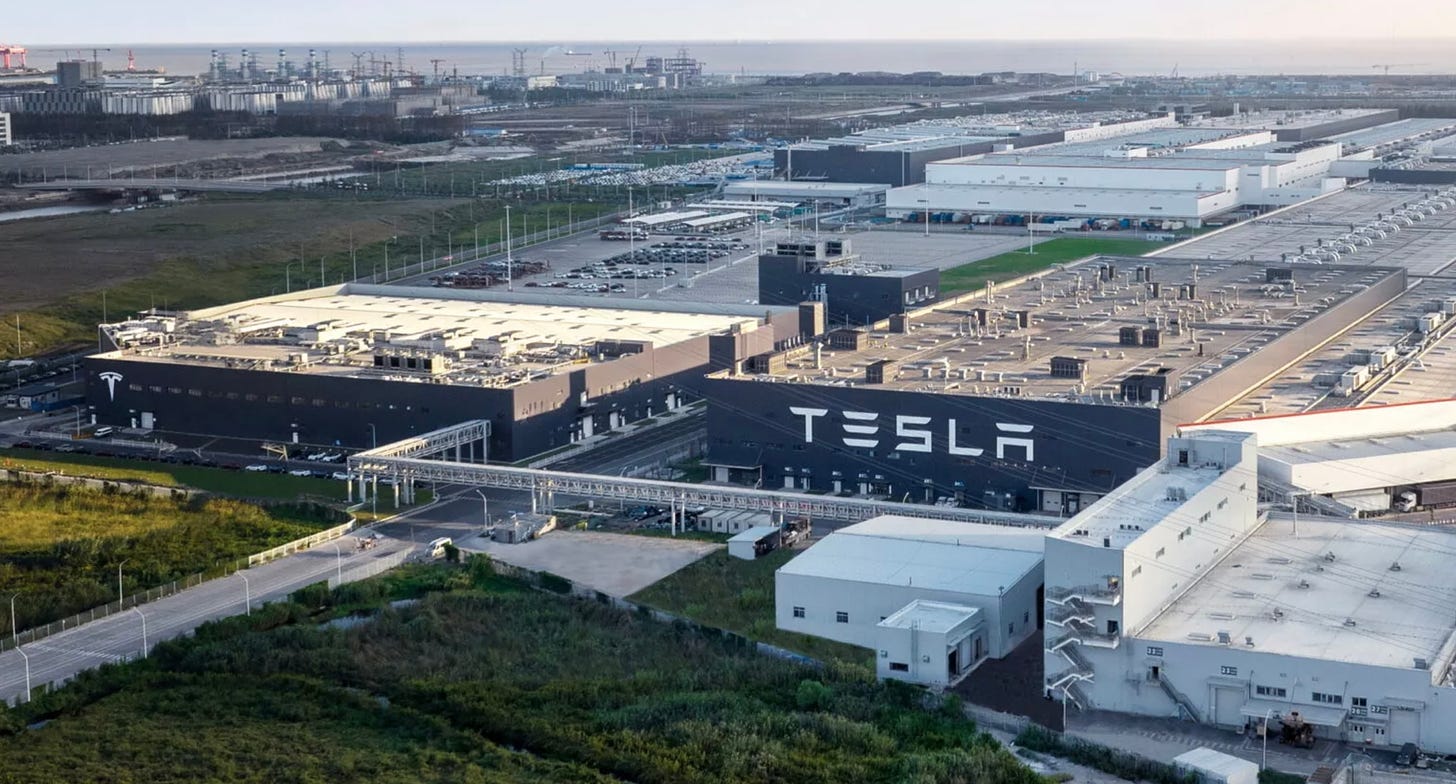
While most Asian headlines focused on Russian President Vladimir Putin’s visit to China this week, and Russia and China’s role in the emerging Middle East drama, early signs of an economic comeback in the world’s largest manufacturer are worth noting for climate tech investors.
After years of declining production tied to Covid lockdowns, a property crisis and over-regulation of tech by the Chinese government, the economy sprang to life in the third quarter, growing 1.3%, or at an annual rate of 4.9%. Those aren’t the heady days of 6% and 7% growth, but there were enough to turn heads.
For companies such as Tesla TSLA -1.89%↓, which reported a weak third quarter this week but makes about half of its fleet at a plant in Shanghai and has doubled its EV market share in China this year to more than 13%, the economic green shoots are a good sign.
For other climate tech stocks, any sign of economic resurgence in China, the world’s largest renewable energy producer, is also a good sign, and one that if sustained could power a comeback in lagging renewable energy stocks. Chinese leader Xi Jinping is expected to come to San Francisco next month, his first trip to the U.S. in eight years, and may meet President Joe Biden at the annual Asia-Pacific Economic Cooperation summit.
Of course, these are just early signs. But amid the spate of horrible geo-political news in the last few weeks, any signs of growth are good, including for the U.S. economy.
The Climate Summit in Dublin
We’ll be speaking and moderating at The Climate Summit in Dublin next Thursday, Oct. 26, along with Ireland’s deputy prime minister, Micheal Martin; President of the Eurogroup, Paschal Donohoe, Jonathan Maxwell of Sustainable Capital Development LLC, Danny McCoy and Jackie King of Ibec, and our own columnist and European bureau chief, Stephen Rae. You can register for free here: The Climate Summit 2023, Dublin – Tickets
Don’t forget to contact me directly if you have suggestions or ideas at [email protected].
Follow us . . . .
Twitter | LinkedIn | Facebook | Instagram
Subscribed
Supply chain shipping woes threaten LatAm commodities boom

. . . . Latin America is being dogged by emissions concerns tied to the very business driving its economic growth, writes Michael Molinski. Freight shipping costs for its booming commodities business have tripled since Covid, but even more challenging are international concerns about the emissions from those cargo ships. Brazil joined other countries in voting against a tax on shipping emissions earlier this year, even as it struggles with emissions from deforestation in the Amazon Basin. With China pushing hard to gain shipping business in the region, how to compete and also reduce emissions remains a thorn in the LatAm commodities industry’s side. . . .
Thursday’s subscriber insights

Wall Street heavyweights plan return to COP28 in Dubai
. . . . After a year off last year following Russia’s invasion of Ukraine, Wall Street heavyweights plan to return to the UN climate summit this year in Dubai, COP28. Larry Fink of BlackRock BLK -0.11%↓ is planning to lead a large delegation of financial CEOs and hedge fund leaders as the summit this year is expected to be largely focused on investments into emerging technologies such as carbon capture.
Even Pope Francis, who spoke to delegates at COP26 in Glasgow two years ago from afar, is thinking about showing up in Dubai, according to some reports.
This year’s summit, led by COP28 President Sultan Al-Jabar, head of the UAE national oil company, will be dominated by oil interests, which tend to attract financial interests. With the turmoil in Israel about 1,500 miles away as a backdrop, the summit promises to be as politically sensitive as it will be economically. Whether any of this will benefit the war on climate change is another matter. Read more here. . . .
China’s EV invasion of Europe prompts price cuts by local automakers
. . . . The reverberations from China’s ability to produce low-priced and mostly attractive electric vehicles — albeit maybe because of massive subsidies — continue, especially in Europe. For instance, Stellantis-owned Citroen just introduced the continent’s cheapest EV so far.
But can local automakers stave off the Chinese invasion when consumers seem to love the Far East offerings, particularly since they come with so many bells and whistles in the forms of technology amenities like 360-degree dash cams?
The invasion is being closely watched by U.S. makers of EVs, particularly Tesla, which already fights for Chinese market share on China’s own turf. Read more here. . . .
Happy birthday, Black Monday
. . . . Today is the 35th anniversary of Black Monday, Oct. 19, 1987. With markets in turmoil this past month, many analysts have tried to tie conditions this year to the way they were back then, when a crash in the bond market led to a one-day, 22% drop in U.S. equities (which would translate to almost 1,000 points on the S&P 500 today) just a few months later.
Dire predictions of further market crashes and a global recession did not come to pass back then, and stocks had completely recovered after just a few months. Still, Oct. 19 is always marked on the Wall Street calendar as a day to remember how volatile markets can be, and that they always come back. . . .
Editor’s picks: 21 more species lost; plus, sea level could threaten nuclear waste storage
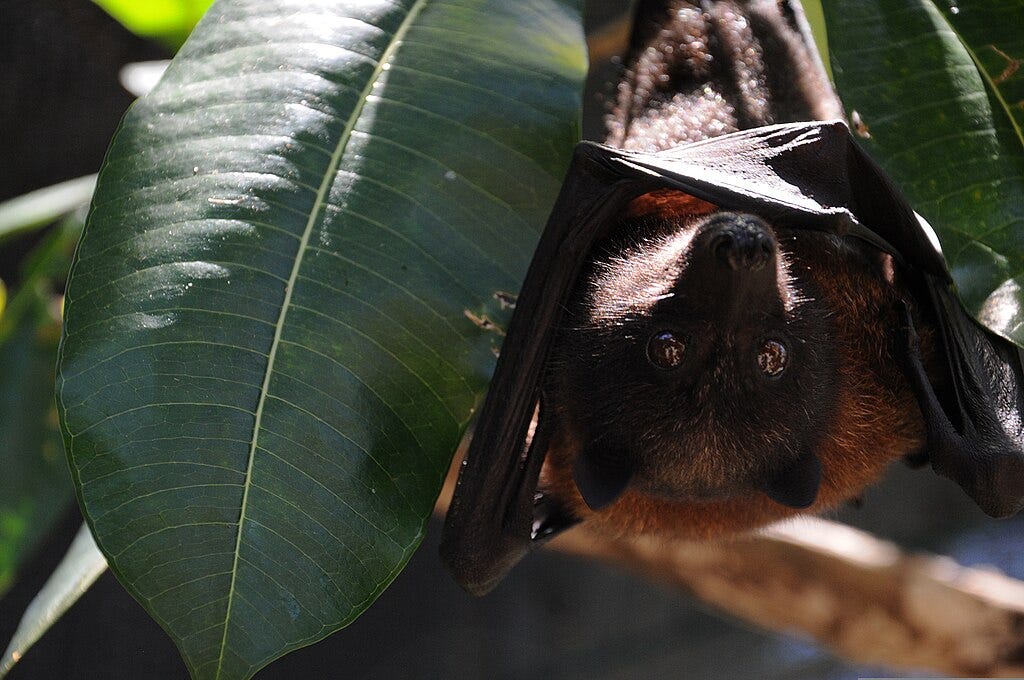
21 more species declared extinct
The U.S. Fish and Wildlife Service has declared 21 species that were listed as endangered to now be extinct. “Federal protection came too late to reverse these species’ decline, and it’s a wake-up call on the importance of conserving imperiled species before it’s too late,” said Service Director Martha Williams. “As we commemorate 50 years of the Endangered Species Act this year, we are reminded of the Act’s purpose to be a safety net that stops the journey toward extinction. The ultimate goal is to recover these species, so they no longer need the Act’s protection.” One mammal, the Little Mariana fruit bat, was last seen in the wild in 1968. Also on the list were 10 bird species (eight of them from Hawaii), plus two fish species and several types of mussel.
Threats to stored nuclear waste in California
Rising sea levels along the coast of Northern California could someday threaten the facility storing 37 tons of nuclear waste. A report in Yale Climate Connections highlights the potential threats faced by the facility near Humboldt Bay: earthquakes and sea level rise. “We have the fastest relative rate of sea level rise on the West Coast,” said Jen Marlow, an assistant professor at Cal Poly Humboldt and a researcher on the 44 Feet Project, which studies the site. The radioactive material is locked in a vault on a bluff about 44 feet above the ocean. Experts are concerned about rising sea levels causing erosion to the bluff, especially if high tides start to overtop the wall that protects it. According to the report, while there’s no immediate threat of flooding, nuclear waste can be dangerous for thousands of years. “The questions around climate futures really ask us to understand how this site is going to be managed safely and responsibly in the future, and what the role of the community is in helping assure the safety of the site in the long-term,” Marlow told YCC.
A special invitation: Conversations Before Midnight

. . . . I’m a proud supporter of the Bulletin of the Atomic Scientists which covers climate issues along with other existential threats like nuclear war and is perhaps best known for their Doomsday Clock. This November, I’ll be joining them for their annual Conversations Before Midnight virtual event. This year’s event features a conversation with “Oppenheimer” director Christopher Nolan (above) about the film and the man, who also is one of the Bulletin’s founders. That will be followed by several smaller group discussions on topics ranging from black holes to AI. One of those discussions will look at why there were so many extreme weather events this year and the speakers — world leading scientists Ray Pierrehumbert and Susan Solomon with Pulitzer Prize winner Elizabeth Kolbert as moderator — are truly top notch. The event will be from 5 p.m. to 7 p.m. Central on Monday, Nov. 6. Click here for more information and to register for Conversations Before Midnight.
Latest findings: New research, studies and projects
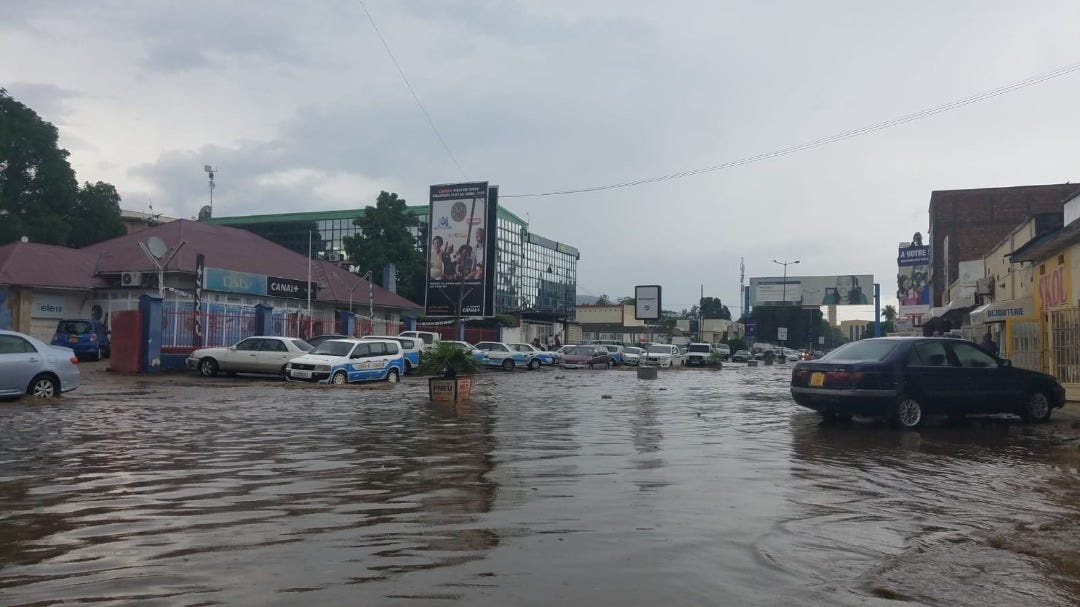
Global hotspots for climate-related disasters
Even if net zero emissions were achieved immediately, the carbon locked in the atmosphere will continue to impact ecosystems and people. Despite the need to minimize climate change impacts, climate adaptation has not kept pace with escalating risks. Data on disaster occurrences and impacts can guide action to where it is most needed, say the authors of Global Hotspots of Climate-Related Disasters. From the abstract: Identifying locations with high numbers of impacted people can lead to action and policy shifts. Nature conservation, restoration and management could be important interventions to help people adapt to the impacts of climate change, especially in areas of low human development and where people have experienced high and very high impacts. In the policy sphere, analyzing historical occurrences of climate-related disasters could guide efforts to address losses and damages and to promote climate justice. Authors: Camila Donatti, Conservation International; Kristina Nicholas, American University; Giacomo Fedele, Conservation International; Damien Delforge; Niko Speybroeck, Catholic University of Louvain; Paula Moraga; Jaime Blatter; Regina Below; and Alex Zvoleff, Conservation International
More of the latest research:
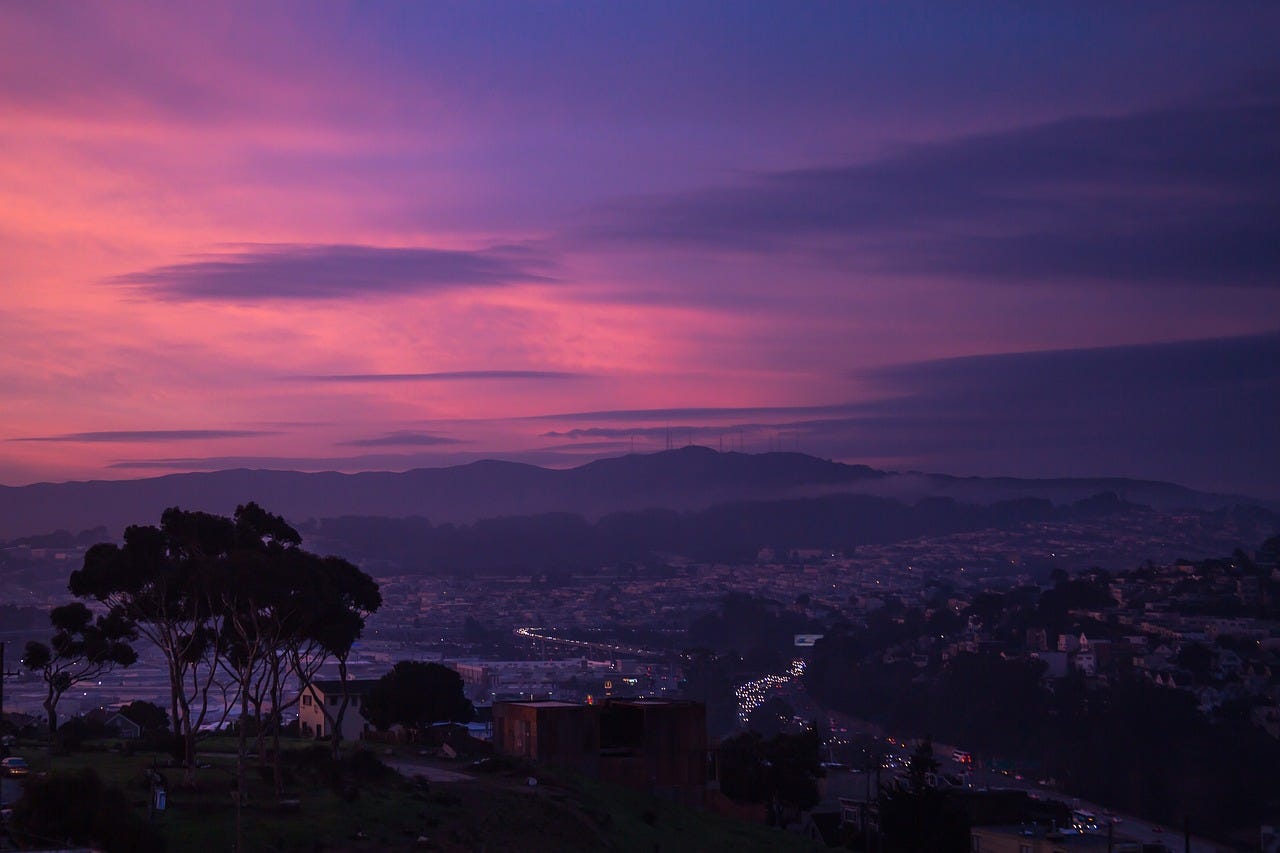
Words to live by . . . .
“A vibrant, fair, and regenerative future is possible — not when thousands of people do climate justice activism perfectly but when millions of people do the best they can.” — Xiye Bastida Patrick, climate justice activist.


